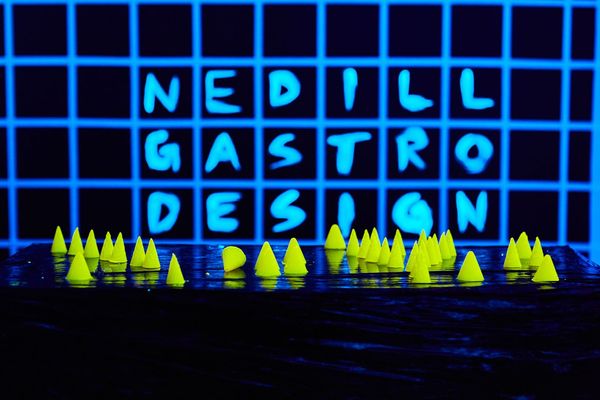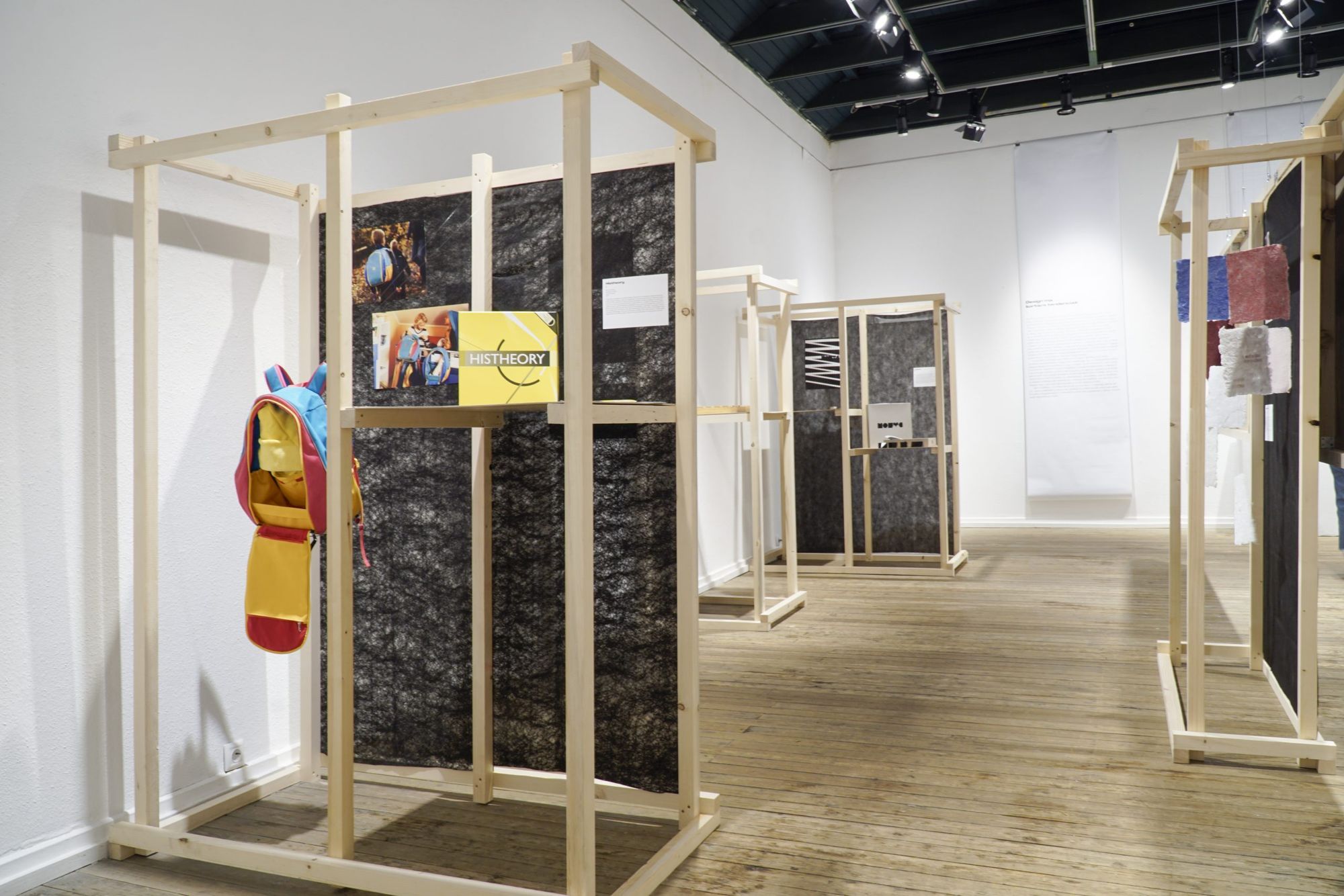In October 1972, a few entrepreneurial young designers took the courage to make the Hungarian public understand what design really meant and why it was good for potential users to be aware of it. Now, almost fifty years later, in the same place and with a similar attitude, another generation is asking us the question: what does design mean?
What is the mission of design? This was one of the questions that contemporary designers and theorists were asking themselves at the dawn of the seventies, and now, almost fifty years later, we have to say that the question is still relevant today. Because although design with capital D is constantly on our horizon—on our smartphone screens, at design exhibitions and trade fairs, or on the shelves of shops—we rarely engage in clarifying or critically approaching the concept.

This is one of the reasons why what the students and teachers of the Moholy-Nagy University of Art and Design have ventured to do in the context of the “Hungarian design 10 + 1 experiment” is an important and responsible undertaking. With the utmost respect, they recall the events of the 1972 exhibition “Hungarian design (10 experiments)”—without luxury, with a puritanical set of tools, but (we hope) with all the greater impact.
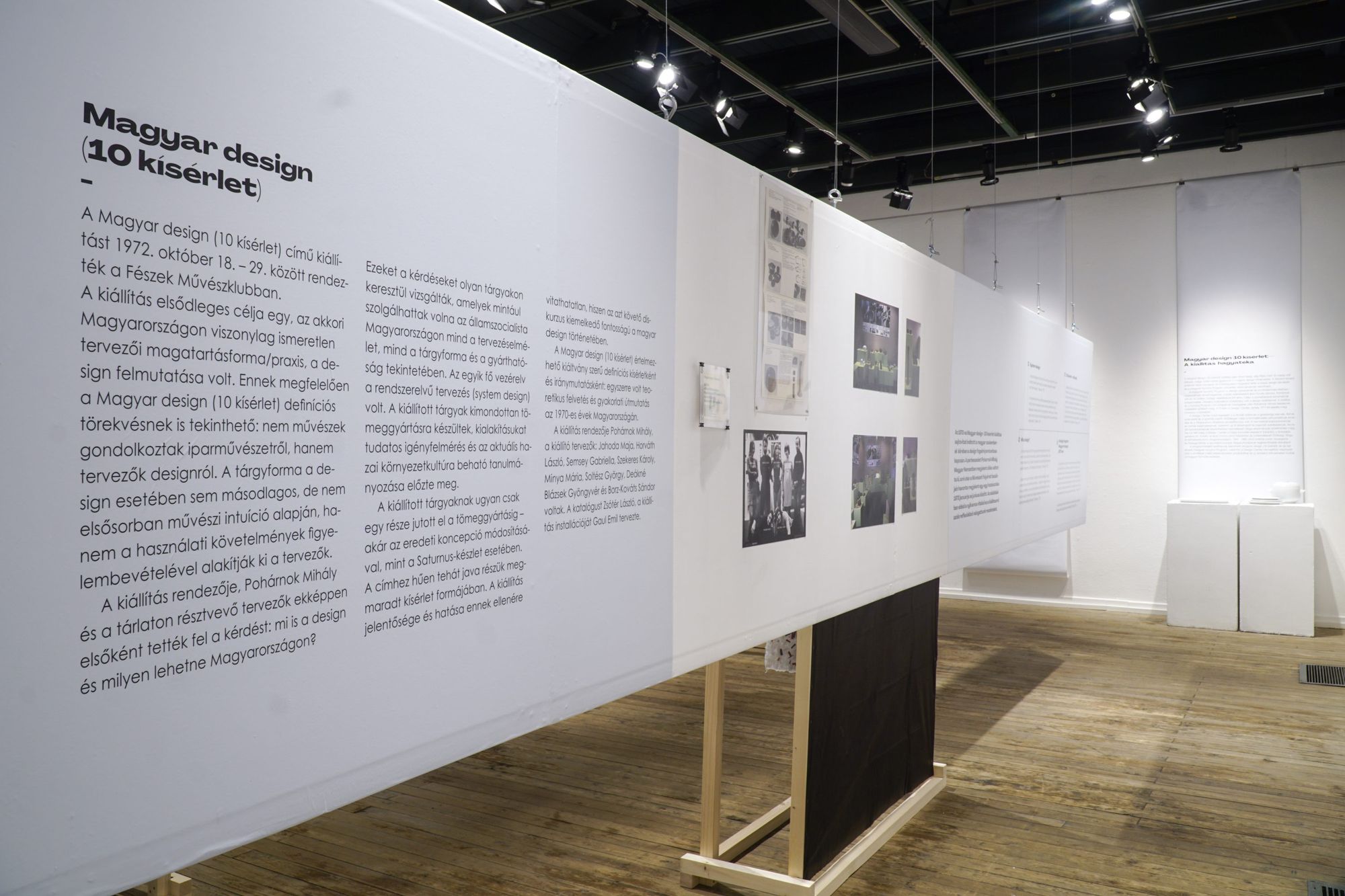
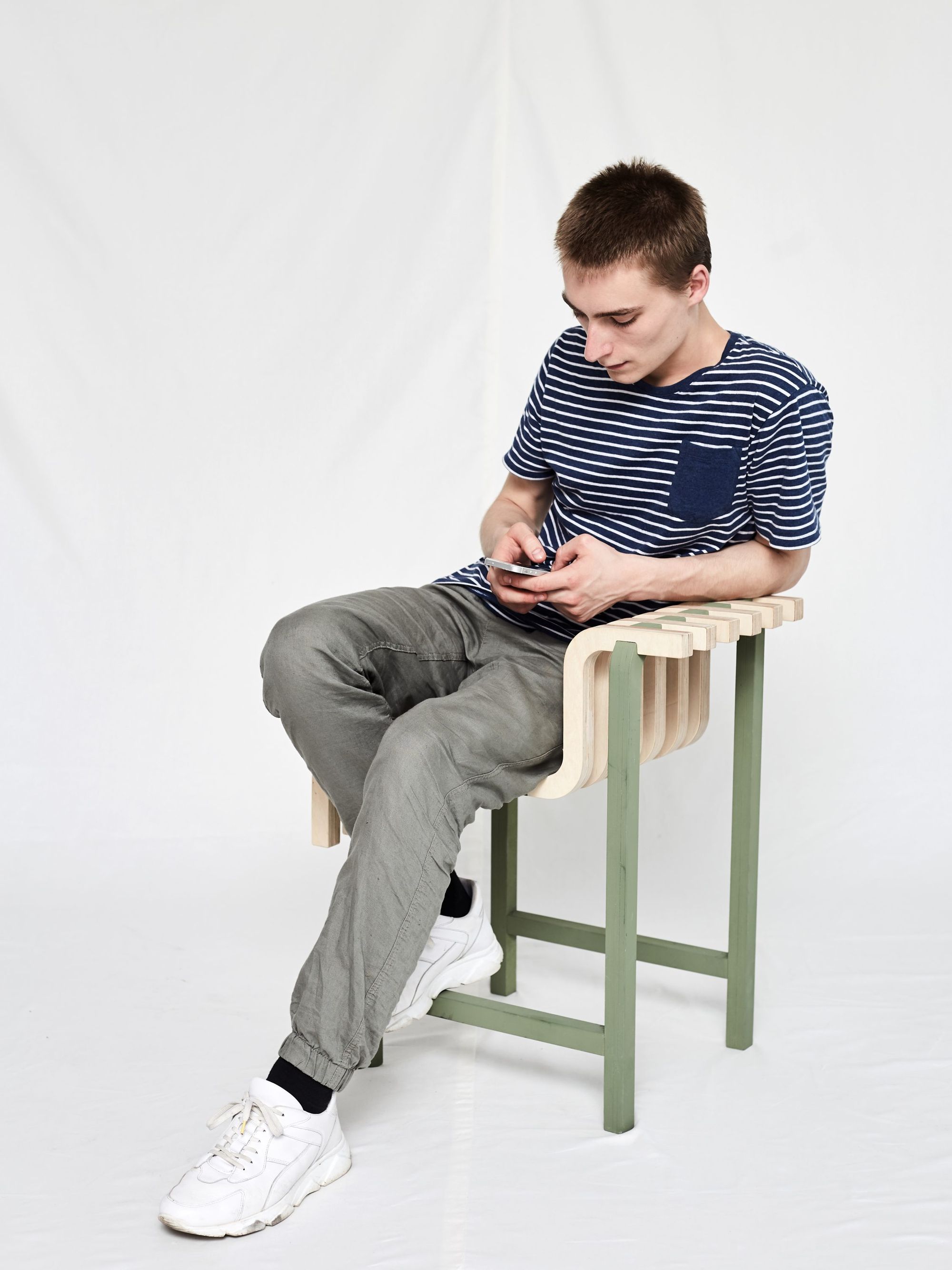
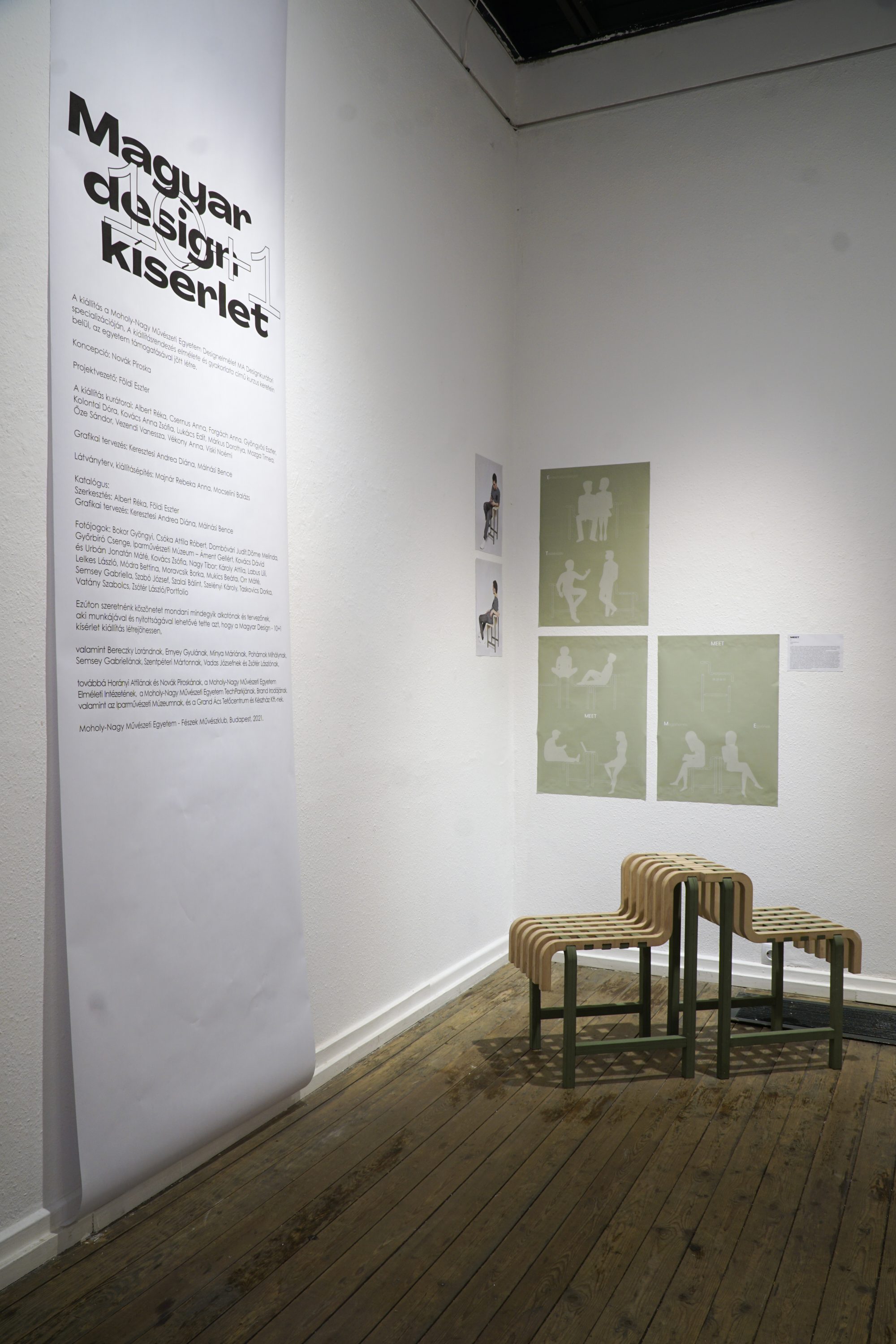
The young curators take us back in time: lamps and furniture by Sándor Borz Kováts (some of which we wrote about in the 8th issue of the “Object Fetish” series) can be seen on the walls. But there is also the ashtray by György Soltész and the paper furniture for children by Gyöngyvér Blazsek, although only in the form of pictures, but fortunately, some pieces of László Horváth’s Saturnus set is resting on one of the pedestals (we also wrote about the history of this dinner set).
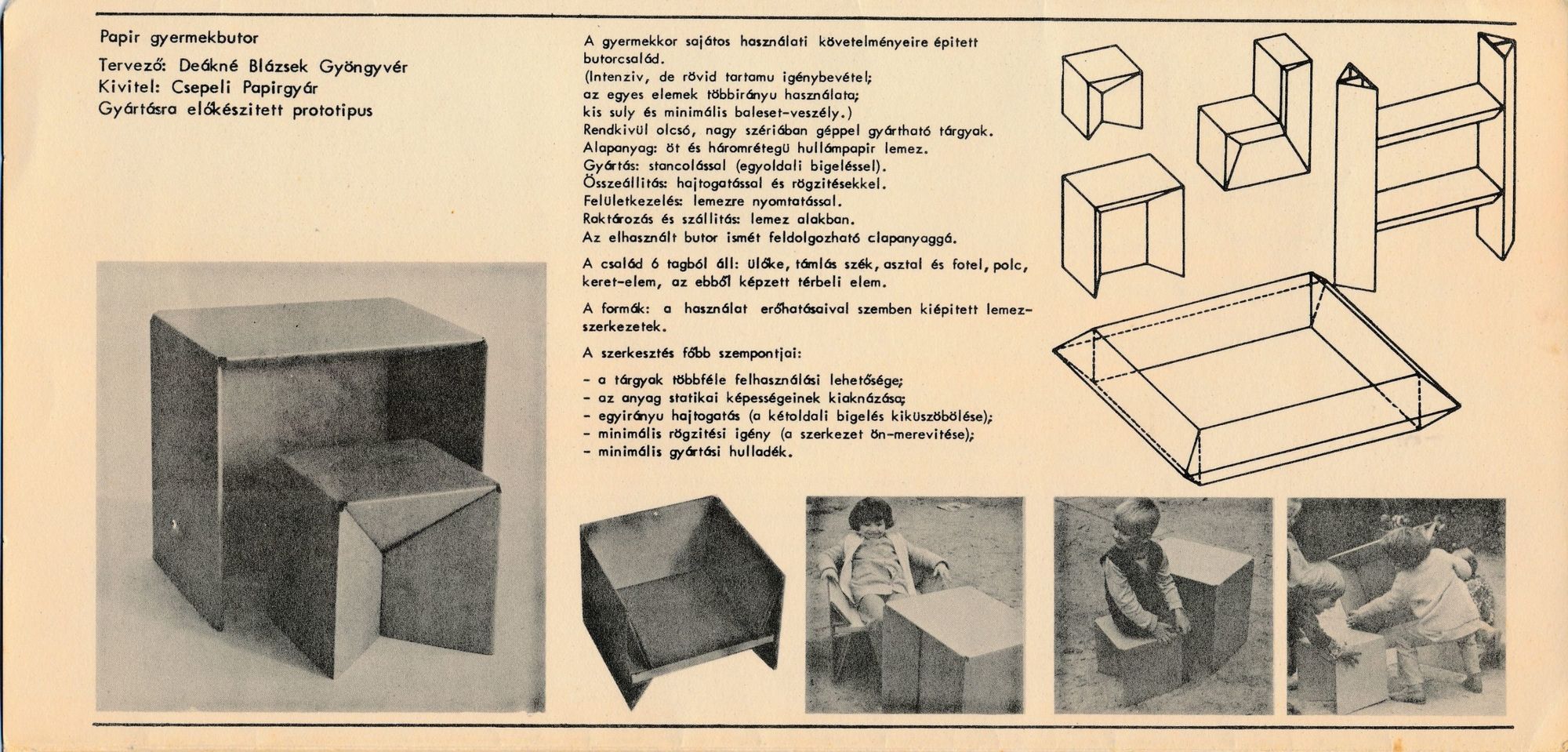
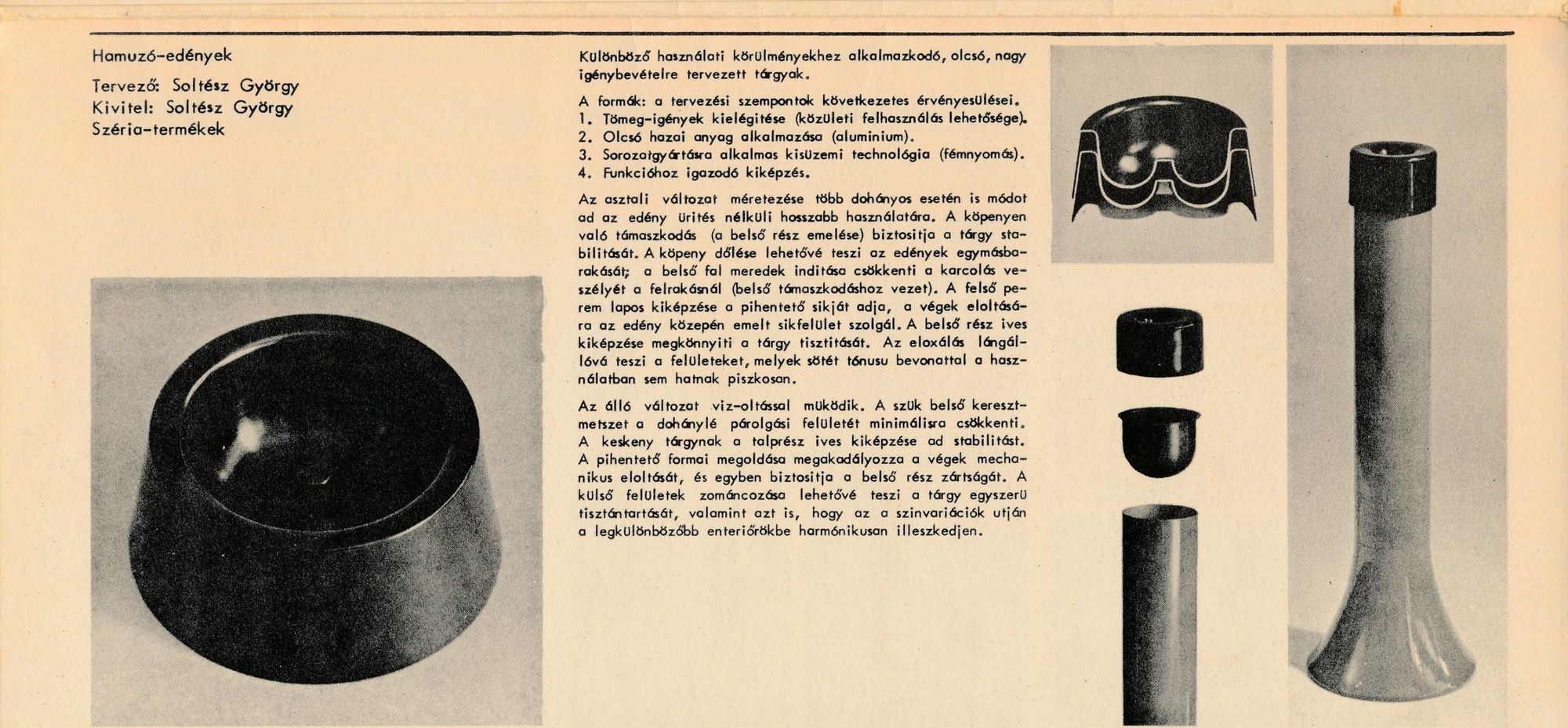
In Hungary, in the 1970s, design was still an unknown concept—but a few took the uncharted path as flag bearers to prove that design is not about the creator but rather about the user. It’s about needs and problems that, perhaps in most cases, are not even consciously conceived in the ordinary person’s mind but which the designer recognizes and responds to in the form of objects or services according to their own knowledge.
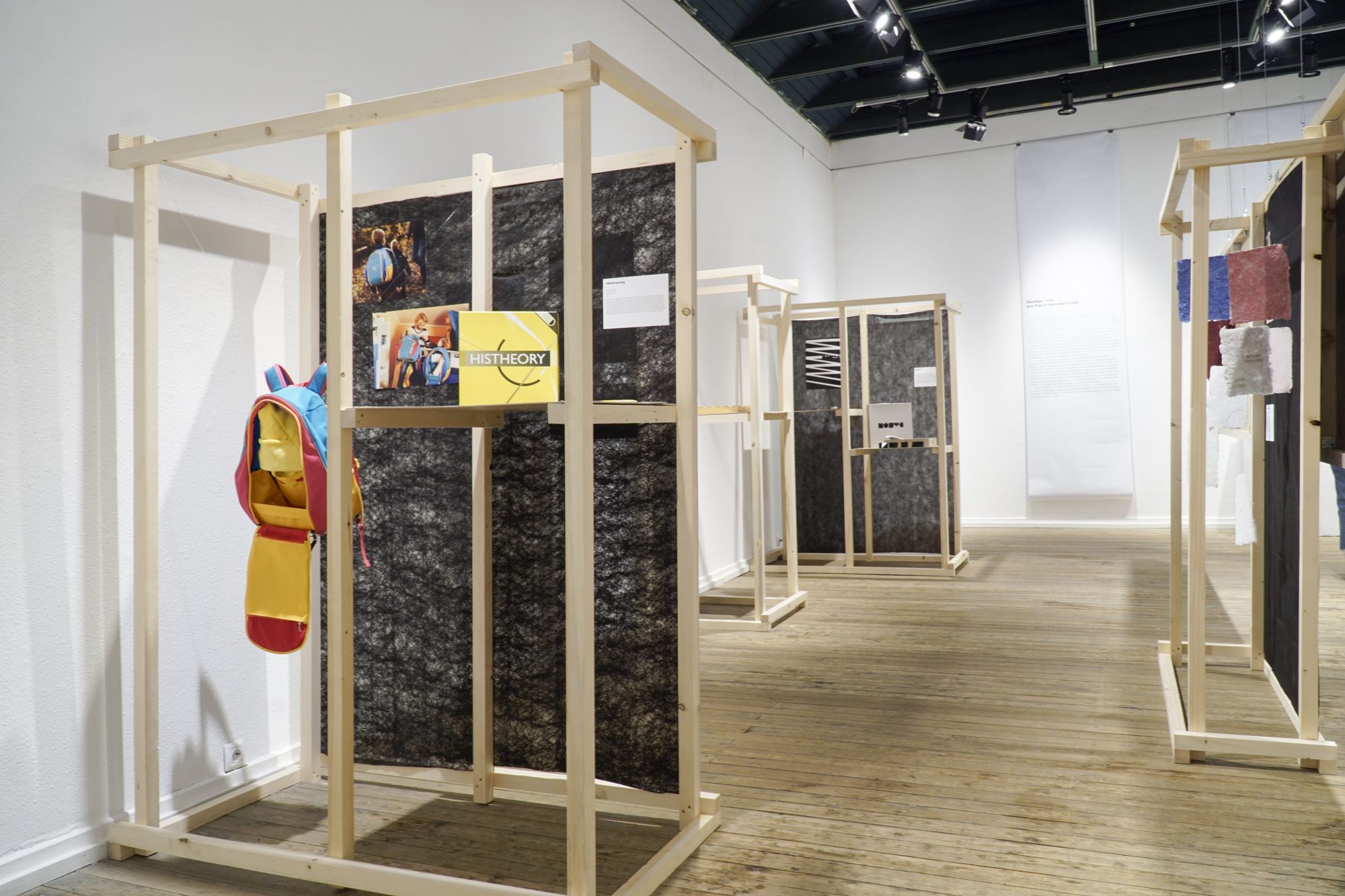
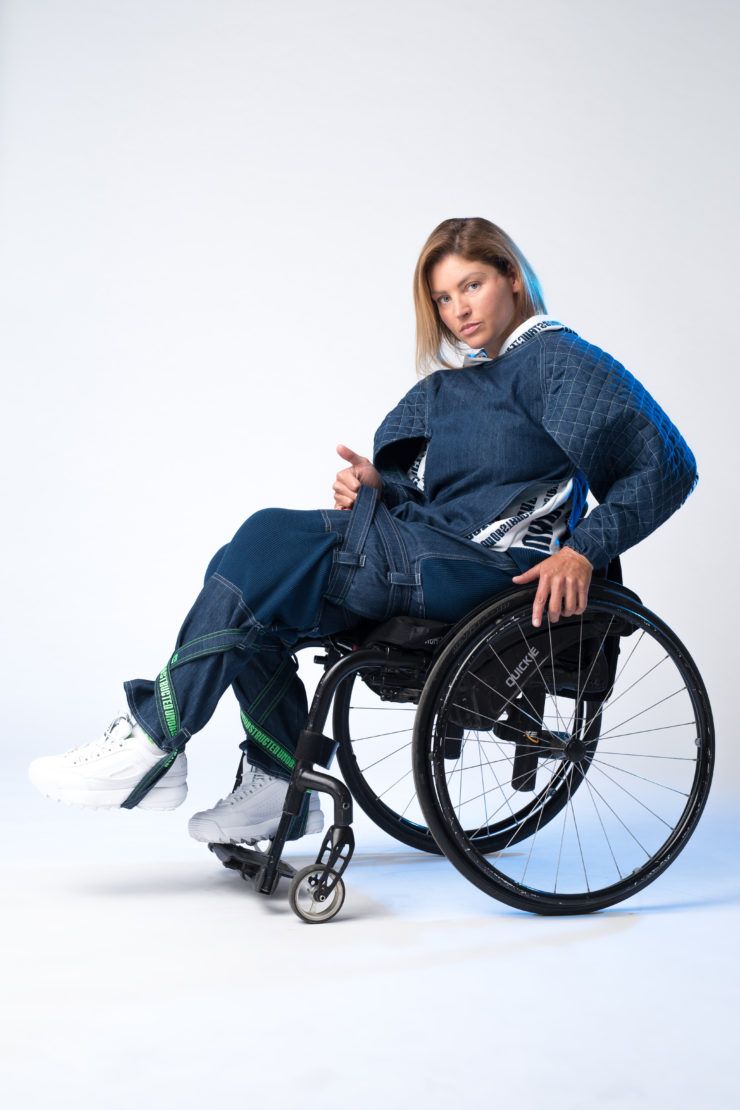
This exhibition, like the previous one, does not aim to be loud and spectacular: it presents the work of the predecessors and showcases a few projects (ten plus one) that represent the diversity of design. It presents work created by designers who have built into their design behavior, almost as a matter of course, to respond in a relevant way to the users’ needs, be blind or visually impaired (“Tactilis” memory game by Peter Orr), people with attention deficit disorder (browser extension “Focus Ex” by Szabolcs Vatány), people with reduced mobility (2019 “UNOBSTRUCTED” clothing collection by Lili Pázmány) or children living in state care (“CÓKMÓK” backpack by Bori Kovács).
With regard to both the current and the ’72 exhibition, it can be said that most of the items on display remained in the experimental or prototype phase, and unfortunately, there are only a few projects that have actually become commercially available products (luckily, these include Adrienn Király and Bálint Szalai’s brand, itthon., or the Histheory board game, designers: Gyöngyi Bokor, Edina Mihálkovics, Zsolt Csizmadia).
You can see that the young curators of the “Hungarian design 10 + 1 experiment” focused on presenting socially sensitive design projects and were careful not to identify design with expensive and luxurious prestige objects. Because it is very easy to fall into the trap of presenting an object in an exhibition situation just for its own beauty. The students, however, did not get carried away: instead of a colorful design album, they put the objects in context and dreamed up this exhibition, which can serve as a lesson for the up-growing generation.
The exhibition is open until 5 December 2021 at the Fészek Art Club.
Photos by Dorka Füzesi, Zsófia Kovács, Bianka Faddi

Graphasel won the “Grand Winner” award with a fruit wine packaging

The true weight of the cloud | Exhibition on the materiality of digital culture
